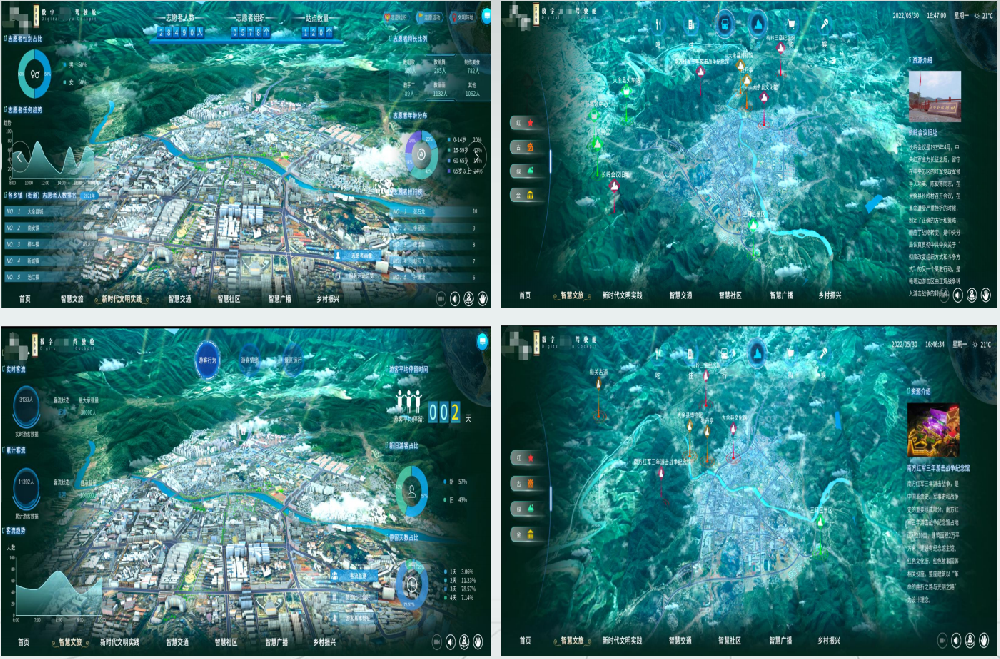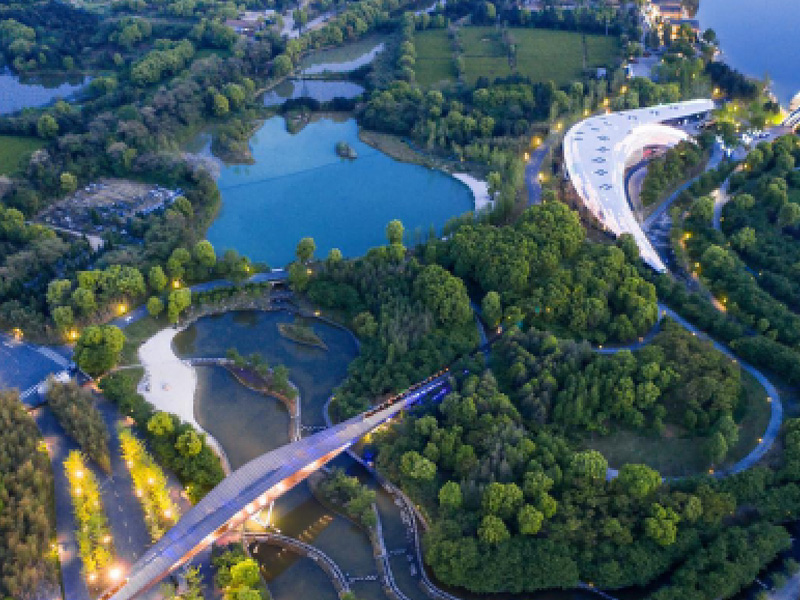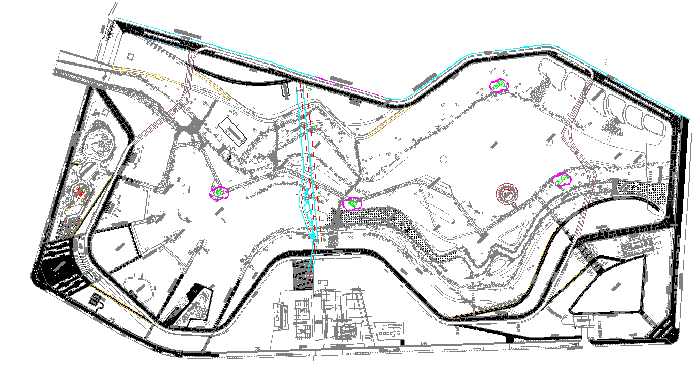How to use AI+big data to improve urban governance efficiency
With the acceleration of global urbanization, cities are facing many challenges such as population growth, resource constraints, traffic congestion, and environmental pollution. By integrating cutting-edge technologies such as the Internet of Things (IoT), big data, artificial intelligence (AI), and 5G, smart cities have become the key path for sustainable urban development by optimizing urban management, improving the efficiency of public services, and improving the quality of life of residents.
This case shows the construction practice of a typical smart city, covering multiple fields such as smart transportation, smart government affairs, smart environmental protection, and smart healthcare, providing a reference for future urban development.

Project Background: Pain Points
of Urban Development the city faced the following main problems before digital transformation:
traffic congestion is severe: the average speed on the main road in the morning and evening rush hours is less than 20 km/h, and the share of public transport is less than 30%.
The efficiency of government services is low: the average waiting time for citizens to handle business exceeds 1 hour, and cross-departmental data sharing is insufficient.
Lag in environmental governance: Slow update of air quality monitoring data, and difficulty in tracing pollution sources.
public safety challenges: long response times to emergencies and low intelligence of security systems.
Serious waste of energy: urban lighting and building energy consumption lack of intelligent control, and carbon emissions continue to grow.
smart city construction framework
the city adopts the "1+3+N" smart city construction model:
1 City Brain: Integrates AI computing power, big data analysis, and visual command and dispatch functions.
3 supporting platforms:
data sharing platform: breaking down data barriers in government affairs, transportation, environmental protection and other departments.
IoT sensing platform: Deploy 100,000+ smart sensors to collect urban operation data in real time.
intelligent decision-making platform: optimizes urban management strategies based on AI algorithms.
N smart applications: covering transportation, government affairs, environmental protection, medical care, security and other fields
core application scenarios and results
1. Smart Transportation: Alleviate congestion and improve travel efficiency
Smart traffic light optimization: Dynamically adjust traffic lights based on real-time traffic flow data, improving the traffic efficiency of main roads by 30%.
intelligent bus scheduling: Optimize the frequency of departures through passenger flow prediction, and reduce the waiting time during peak hours by 25%.
bike-sharing management: AI algorithm predicts parking demand, and the rate of random parking is reduced by 50%.
results:
20% reduction in average commute time
increased public
transport share to 55%
traffic accident rate reduced by 18%
2. Smart government affairs: let the data run more and the people run less errands
"All in one network" platform: integrates 100+ government services, and 90% of matters can be handled online.
AI government assistant: intelligently answers citizen inquiries and reduces the pressure of human agents by 40%.
blockchain electronic license: realize cross-departmental trusted data sharing and reduce duplicate submission of materials.
results:
the average time for citizens to run errands has been reduced from 60 minutes to 15 minutes
Satisfaction with government services increased to 95%
3. Smart and environmental protection: building a green and low-carbon city
real-time air quality monitoring: 500+ sensors cover key areas, and the accuracy of pollution source location is 90%.
intelligent garbage sorting: AI recognition + point rewards, the accuracy of garbage sorting is increased to 85%.
Smart water management: pipe network leakage monitoring system, saving 1 million tons of water per year.
results:
12% reduction in annual PM2.5 concentration
increase the recycling rate of household waste to 40%
4. Smart Security: Improve the level of urban security
AI video analysis: Automatically identify abnormal behaviors (such as crowd gatherings, dangerous objects), and shorten the alarm response time to 3 minutes.
smart fire protection system: Internet of Things smoke detector equipment + drone inspection, fire early warning accuracy increased by 50%.
emergency command platform: multi-department collaborative scheduling, improving the efficiency of emergency handling by 30%.
results:
12% reduction in 12% reduction in criminal cases
25% reduction in emergency response time
lessons learned and future prospects
key success factors
top-level design+ Step-by-step implementation: Develop a long-term plan and prioritize high-value scenarios.
data convergence and sharing: Break down departmental data silos and establish unified standards.
government-enterprise collaboration: government-led + enterprise technology empowerment to form a benign ecosystem.
citizen participation: Enhance the public interactive experience through apps and mini programs.
future development direction
digital twin city: Build a virtual city model to achieve more accurate simulation predictions.
Autonomous driving + smart road: Promote vehicle-road collaboration and create an autonomous driving demonstration area.
carbon-neutral smart energy: smart grid + renewable energy optimization, contributing to the "dual carbon" goal.
Metaverse + Smart Community: Explore the application of virtual reality in community services.
smart city is not only the integration of technology, but also the innovation of urban governance model. This case study shows how to improve the efficiency of urban operations, improve the lives of residents, and promote sustainable development through digital means. In the future, with the maturity of 5G, AI, blockchain and other technologies, smart cities will develop in a more intelligent and humane direction, becoming a new benchmark for urban governance in the digital era.




